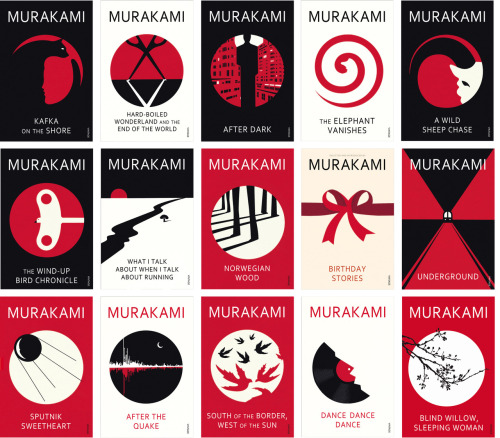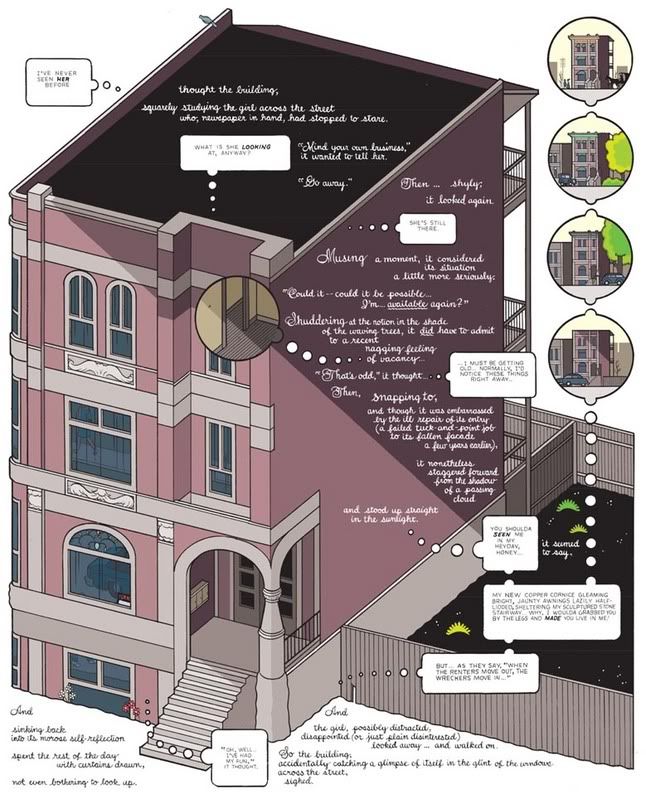'he remembers'
Futh stands on the ferry deck, holding on to the cold railings with his soft hands.
So begins Alison Moore's Booker shortlisted novel, a triumph for small independent press Salt who I mentioned
some time ago when they were running a campaign to help keep the press alive and who will hopefully see a welcome boost to their fortunes after the light that has been shone (groan) on their endeavours by this success. Futh is a middle-aged man, recently separated from his wife, on his way towards a walking holiday in the Rhineland which he hopes will be restorative. On the very first page however he is submerged in memories, in particular those of his last ferry trip at the age of twelve with his father, about a year after both of them had been left by Futh's mother. So this trip has obvious echoes of the last one and this is just the first of many echoes which bounce around the limited space of this short novel making for a read that many have completely fallen for but which I found just a little too heavily symbolic and neat to fully enjoy.
There are two strands to the story; the first following Futh on his trip around Germany as well as the memories of his childhood and marriage, the second concerns Esther who, along with husband Bernard, runs the bed and breakfast which marks the first and last stop on Futh's circular journey. This hotel is called
Hellhaus, or Lighthouse. Esther's story is more easily summarised. Her marriage to Bernard is unhappy and violent, her casual sexual encounters with hotel guests the way in which she can provoke a reaction from her recalcitrant husband who may only have wooed and married her as part of his sibling rivalry. The sections of the novel devoted to the two of them have a repetitive, dream-like feel which is good for slowly building tension and unease but certainly makes them feel like the weaker sections of the book, especially when that repetition feels just like repetition. The elements of Esther's story that echo with Futh's can sometimes feel a little forced but I had better explain a bit more about him before I go into that.
As I said above, Futh is immediately assailed by memories when he begins his trip. He may be on the run from his own crumbled marriage but this trip is as much about the fallout from his parents breakup as his own. This comes in the form of two main memories, the first the trip he made with his father to Germany, the second a family holiday in Cornwall that proved to be the decisive moment in his parent's split. The trip with his father was tinged with sadness, Futh desperate for his father to talk about the woman who had deserted them both, only for her memory to be tarnished by doing so, whilst Futh's father goes on nightly conquests to extinguish her completely. Father and son shared a hotel room and Futh remembers the nights when he was supposed to be asleep and his father brought back woman after woman, taking each into the bathroom, a narrow gap in the door allowing Futh to watch them both in the mirror, a memory so present that Futh finds himself now an adult in another hotel bathroom after a bad night's sleep 'not wanting to touch the sink area, 'not wanting to look in the mirror.' This is one example of the way in which Moore writes brilliantly about the way in which memory can affect and infect the present moment.
Carried on this trip (and indeed on the one he made when just 12) is a silver perfume bottle in the shape of a lighthouse 'About ten centimetres tall and three or four in diameter...It has a four-sided tower and a lantern room with tiny storm panes and a domed top. In relief on one side it says 'DRALLE.'' This belonged to Futh's mother and in another example of Moore's connected moments it forms a crucial link to that holiday in Cornwall. Futh remembers a picnic 'on a cliff in blazing sunshine, looking at a lighthouse and listening to his father going on about the old beacon...' This is the moment that Futh's mother makes clear her disenchantment with her marriage and how boring she finds her husband. As Futh's father silently packs their things away Futh, who had been holding his mother's perfume notices something.
...then he looked down at his hand and saw the glass vial broken in his palm, the fleshy pad beneath his thumb cut open. The volatile contents of the lighthouse soaked into his wound, stinging, and ran between his fingers, soaking his boots, and the scent of it rose from him like millions of tiny balloons escaping towards the sky.
For a long time afterwards, he would lift the palm of his hand to his nose, searching for that scent of violets.
Scent and perfume is a major theme, Futh works as a manufacturer of artificial scents and Esther has a fascination with perfume that leads her to rifle through her guest's belongings to occasionally steal some. The scent of violets is mentioned repeatedly, as is that of the camphor that Bernard rubs on himself daily. These on their own would begin to grate after a while but Moore is determined to link and echo things even more and so has Esther own the very same perfume that Futh's mother had. The difference for Esther is that she had asked her new husband to make a gift of it to her, having seen it advertised as 'the most costly perfume sold in America', only to be disappointed by him buying the less expensive wooden case 'cylindrical rather than squared beneath the domed top, and less detailed than the silver one.' There is a very fine line between the point at which symbols, metaphors, themes and motifs add to the impact of a novel and the point at which they start to weigh it down. It may well be a matter of personal taste but personally I found it all too heavy before I was even half way through. Salt are a huge publisher of poetry, a medium I still have yet to get a handle on, and in many ways I found the prose of this novel too heavily laden with the kind of techniques I might expect to find in poetry or even a short story. One moment of suspended danger for example sees Esther walk through the kitchen 'where the chef is pounding cheap cuts of beef, tenderising steaks for dinner, pulping apples, and smashing black walnuts with a rolling pin, beating them beneath a tea towel to keep the shells from flying, to prevent the juice from staining the work surface.' This rather over-worked sentence (could she really see this one man do all of those things whilst passing through the kitchen?) stands in for the violence that is occurring in another room of the hotel, the kind of shot that would feel a little crass if you saw it in a student film (we may get to see if I'm wrong as I believe film rights for The Lighthouse are being contested as we speak).
There are other moments however where echoes and connections really worked for me. The fact that Futh's wife shared the same name with his mother, Angela, feels not so much like literary coincidence but the perfect way to say something about Futh's character, as well as allowing his wife to often issue the killer line in their marriage, 'I'm not your mother.' Futh is a troubling character though with his doormat tendencies. It is a stretch at times to credit his inability to recognise what is happening to his marriage but perhaps that is simply because he was never able to fully achieve what his father had toasted upon his engagement '
l'enterrement de vie de garçon'. 'The burial of a boys life.'
On reflection then this is a novel that intrigued at the outset and has plenty going for it but which slowly wore me down with its claustrophobic imagery and connections. It's worth reminding ourselves I think that this is Moore's debut novel. It's great to see it on the list, great for a publisher like Salt to get some deserved attention, and it'll be great to see what Moore produces in the future, but this isn't the winner for me. We'll find out if I'm right or not next Tuesday.
(Watch it win now)
Read more...



















